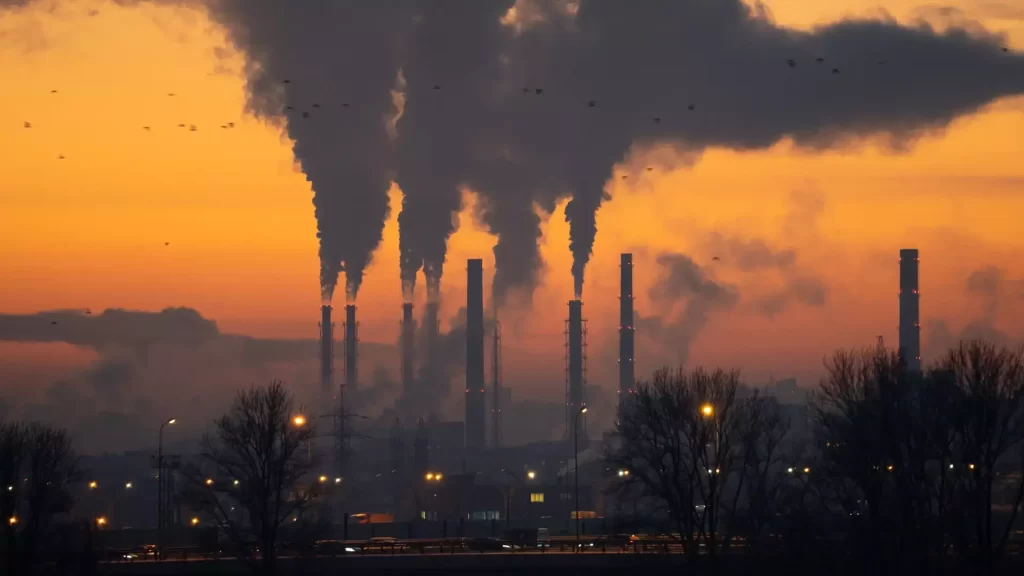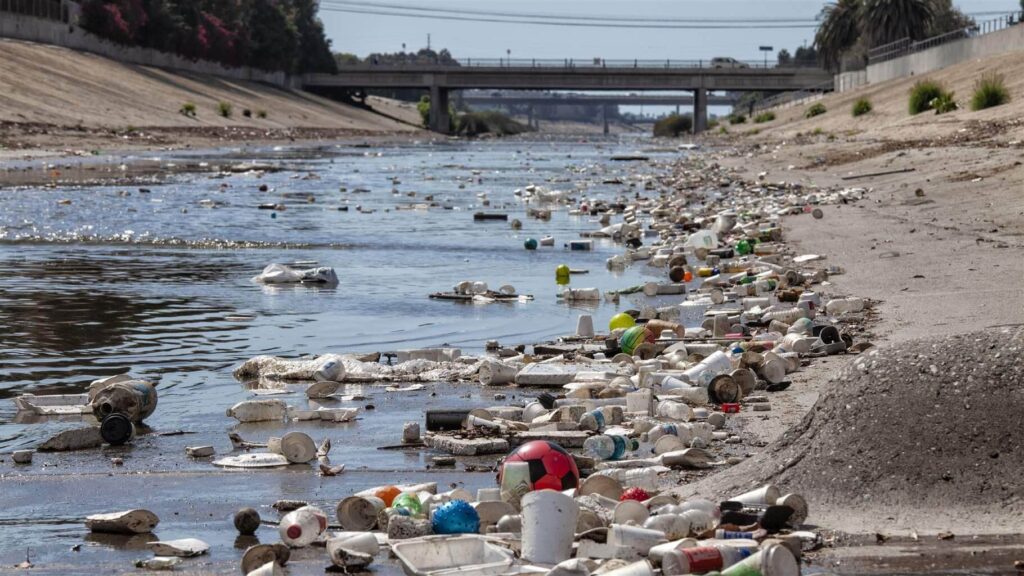Serious issues
“Understanding Pollution: Types, Impacts, and Solutions for a Sustainable Future”

Pollution refers to the introduction of harmful or toxic substances into the environment, leading to adverse effects on living organisms and natural ecosystems. These substances, known as pollutants, can be in the form of solid, liquid, or gaseous matter and can be released by various human activities and natural processes.
“Soil Pollution: Causes, Impacts, and Effective Solutions for a Healthier Environment”
There are several types of pollution, each with its specific sources and impacts:
- Air Pollution: This type of pollution occurs when harmful gases, particulate matter, and other pollutants are released into the air. Sources of air pollution include vehicle emissions, industrial activities, burning of fossil fuels, and forest fires. Air pollution can lead to respiratory problems, smog formation, and climate change.
- Water Pollution: Water pollution happens when pollutants contaminate water bodies such as rivers, lakes, oceans, and groundwater. It can result from industrial discharges, agricultural runoff, improper waste disposal, and oil spills. Water pollution harms aquatic life, affects drinking water quality, and disrupts ecosystems.
- Soil Pollution: Soil pollution occurs when harmful chemicals, heavy metals, and other pollutants contaminate the soil. It can result from industrial activities, improper waste disposal, and the use of pesticides and fertilizers in agriculture. Soil pollution can degrade soil quality, harm plants and animals, and affect food safety.
- Noise Pollution: Noise pollution is the excessive, unwanted, or harmful sound that disrupts the natural environment and affects human health. Sources of noise pollution include traffic, industrial activities, construction, and loud music. Prolonged exposure to high noise levels can lead to hearing loss, stress, and other health issues.
- Light Pollution: Light pollution is the excessive or misdirected artificial light that disrupts natural darkness and interferes with ecosystems and human activities. It can impact wildlife behaviour, disturb sleep patterns, and hinder astronomical observations.
- Thermal Pollution: Thermal pollution occurs when human activities release heated water into natural water bodies, leading to temperature changes that can be harmful to aquatic life.
10 minutes of daily meditation will Increase your Performance

Pollution poses significant environmental, social, and economic challenges. It affects human health, biodiversity, ecosystem services, and the quality of air, water, and soil. To combat pollution, governments, organizations, and individuals implement various strategies, such as environmental regulations, waste management practices, the promotion of clean energy, and sustainable development initiatives. Reducing pollution is crucial to protect the environment and ensure a sustainable and healthy future for all living organisms on Earth.

Pingback: Class 6 History Chapter 10- New Empires and Kingdoms updated (2023-24) - doubtout
Pingback: Understanding the Causes Behind the Rise in Carbon Dioxide Levels - Daily Current fairs